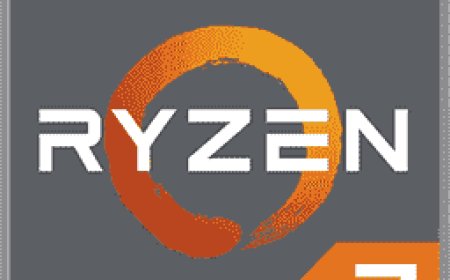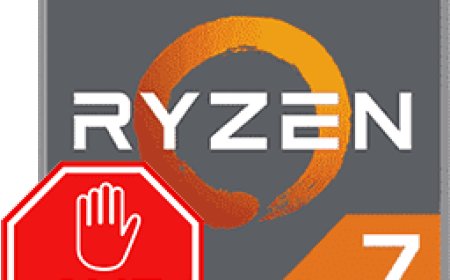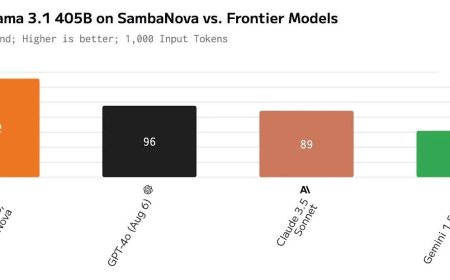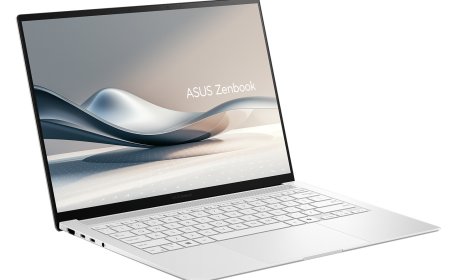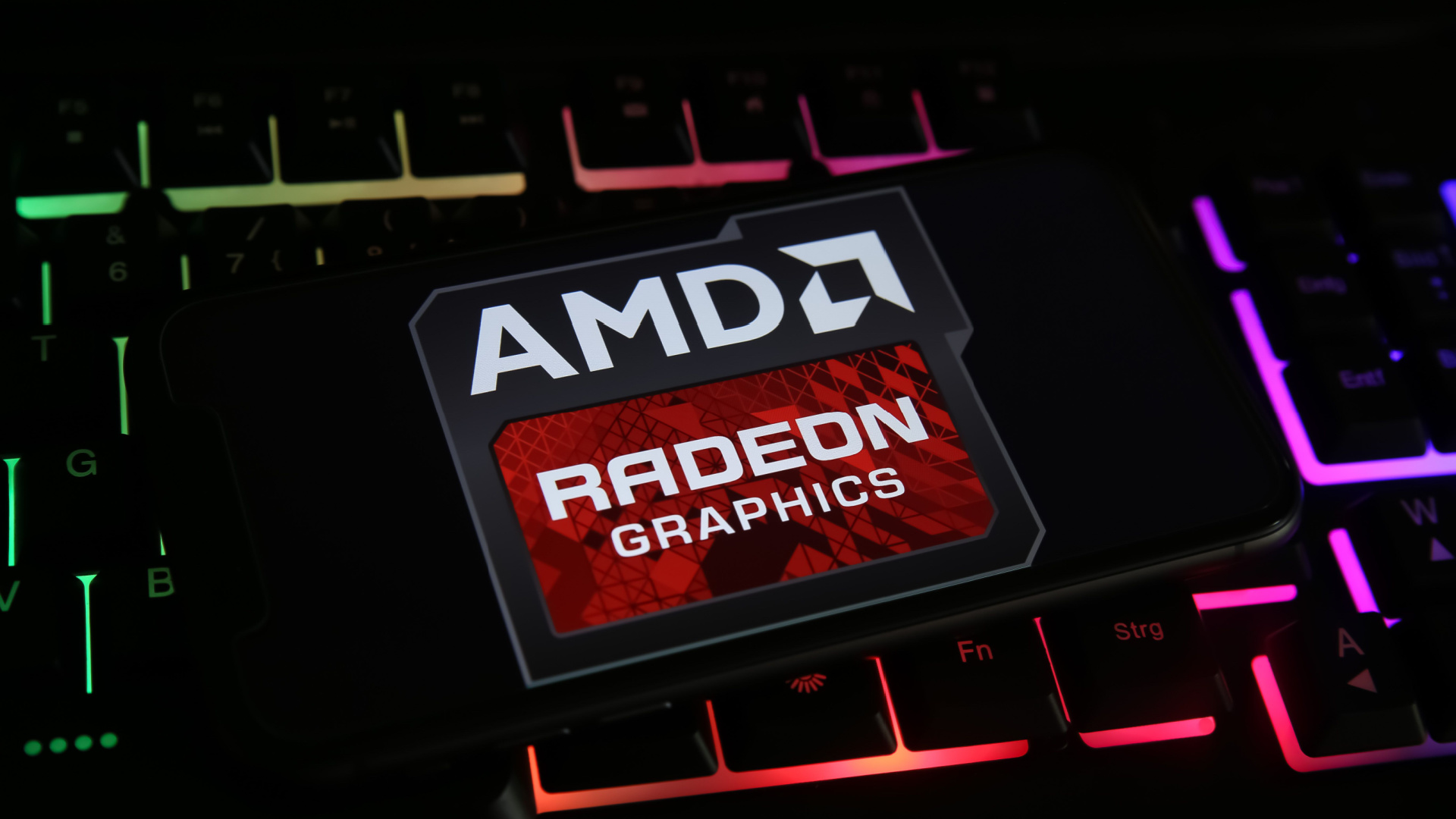AMD RDNA 4 “Radeon RX 8000” GPU Rumors: Navi 48 Around Navi 31 Performance, Navi 44 Between Navi 33 & 32
AMD RDNA 4 “Radeon RX 8000” GPU Rumors: Navi 48 Around Navi 31 Performance, Navi 44 Between Navi 33 & 32
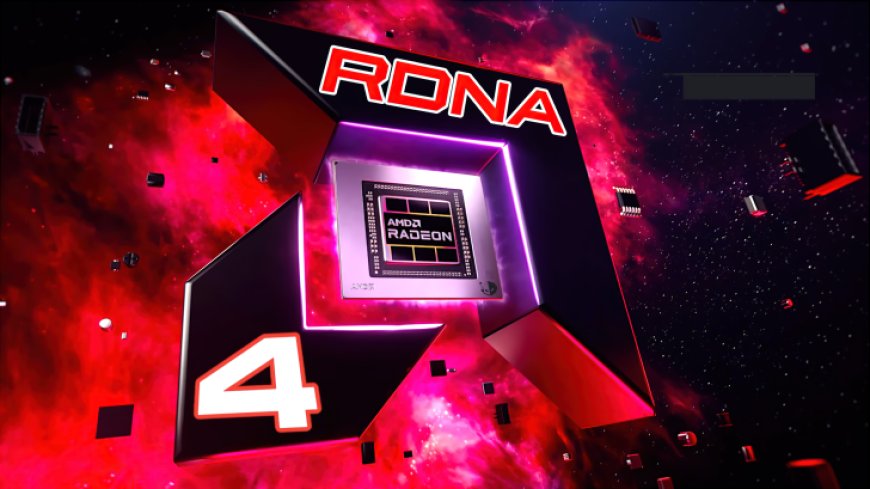
New rumors surrounding AMD's next-gen RDNA 4 "Radeon RX 8000" GPUs and their performance positioning have been posted by @All_The_Watts.
Note: This is not an April Fool's post but it is tagged as a rumor so take the information with a grain of salt.
The rumor comes from @All_The_Watts who posted a very cryptic message over at social platform, X. The post talks about two next-gen AMD GPUs based on the RDNA 4 graphics architecture which are supposedly going to power the Radeon RX 8000 graphics card family. Now there is limited info regarding Navi 4 available but two SKUs have already been spotted under the "GFX12" family so it looks like these two SKUs are in the early testing phase.
???? >>>> ???????????????? >>>> ???????? >>>> ???????? >>>>> ???????????? >> ???????????? >>>>> ☄️???? >>> ☄️???????? >> ????????????4️⃣8️⃣ > ⬇️3️⃣1️⃣4️⃣8️⃣ < ????3️⃣1️⃣4️⃣4️⃣ >> ????????????4️⃣4️⃣ < ????
— All The Watts!! (@All_The_Watts) March 30, 2024
The rumor is straightforward:
So first up, we have the AMD Navi 48 GPU, the supposedly top RDNA 4 GPU die. This GPU is said to be slower than the top Navi 31 die which is used on the Radeon RX 7900 XTX (Navi 31 XTX) but will be faster than the cut-down Navi 31 GPU die featured on the Radeon RX 7900 GRE. This should put the performance of the next-gen Navi 48 GPU around GeForce RTX 4070 Ti SUPER and the Radeon RX 7900 XT.
The second chip is the mid-tier Navi 44 GPU which is the slowest of the two RDNA 4 chips and is stated to be faster than AMD's Navi 33 GPU (Hotpink Bonefish) featured on the Radeon RX 7600 series but slower than the Navi 32 (Wheatnas) GPUs which are featured on the Radeon RX 7800 & RX 7700 series. based on this, we can expect performance to be somewhat close to the RX 7700 XT and GeForce RTX 4060 Ti graphics cards.
Now while the performance is either matching existing GPUs or slower than expected, it should be remembered that AMD's strategy with its RDNA 4 GPU architecture is very different than RDNA 2 or RDNA 3. Both RDNA 2 and RDNA 3 graphics architectures had SKUs that covered the top to the entry-level segment. This doesn't seem to be the case with RDNA 4 as its top GPU die was canceled a while back in favor of mid-tier positioned chips.
This will be a similar deal to what we saw with the RDNA 1 GPU architecture (Navi 10 / Navi 11/12) GPUs. The company took a backseat to re-evaluate its performance and value positioning in the mainstream segment before taking on NVIDIA in the high-end segment. The resultant RDNA 2 generation was one of the most competitive GPU families from AMD that we saw in a while, firing at all fronts and even staying competitive in the enthusiast segment.
Although limited details are available on the RDNA 4 GPUs, we can expect the next-generation lineup to feature support for GDDR7 memory which will initially come in 28/32 Gbps dies & with 16Gb (2 GB VRAM per module). However, AMD could also go the more cost-effective route and simply use faster GDDR6 dies for now. The chips are also rumored to be smaller and monolithic which means that the MCD design will be abandoned a year after its introduction.
Other than the RDNA 4 GPUs, the rumor also talks about the performance of the RDNA 3+ iGPU featured on the upcoming Strix Point Halo APUs. It is said that the RDNA 3+ iGPUs will offer performance better than the current Navi 33 low-end GPUs which makes them quite a powerful offering for the gaming segment. Strix Halo will be a premium positioned product with much higher TDPs so it will be interesting to see if it could be a feasible solution for handhelds or if it will be more fruition to utilize it in Mini PCs and desktop consoles besides the notebook segment.
What's Your Reaction?









